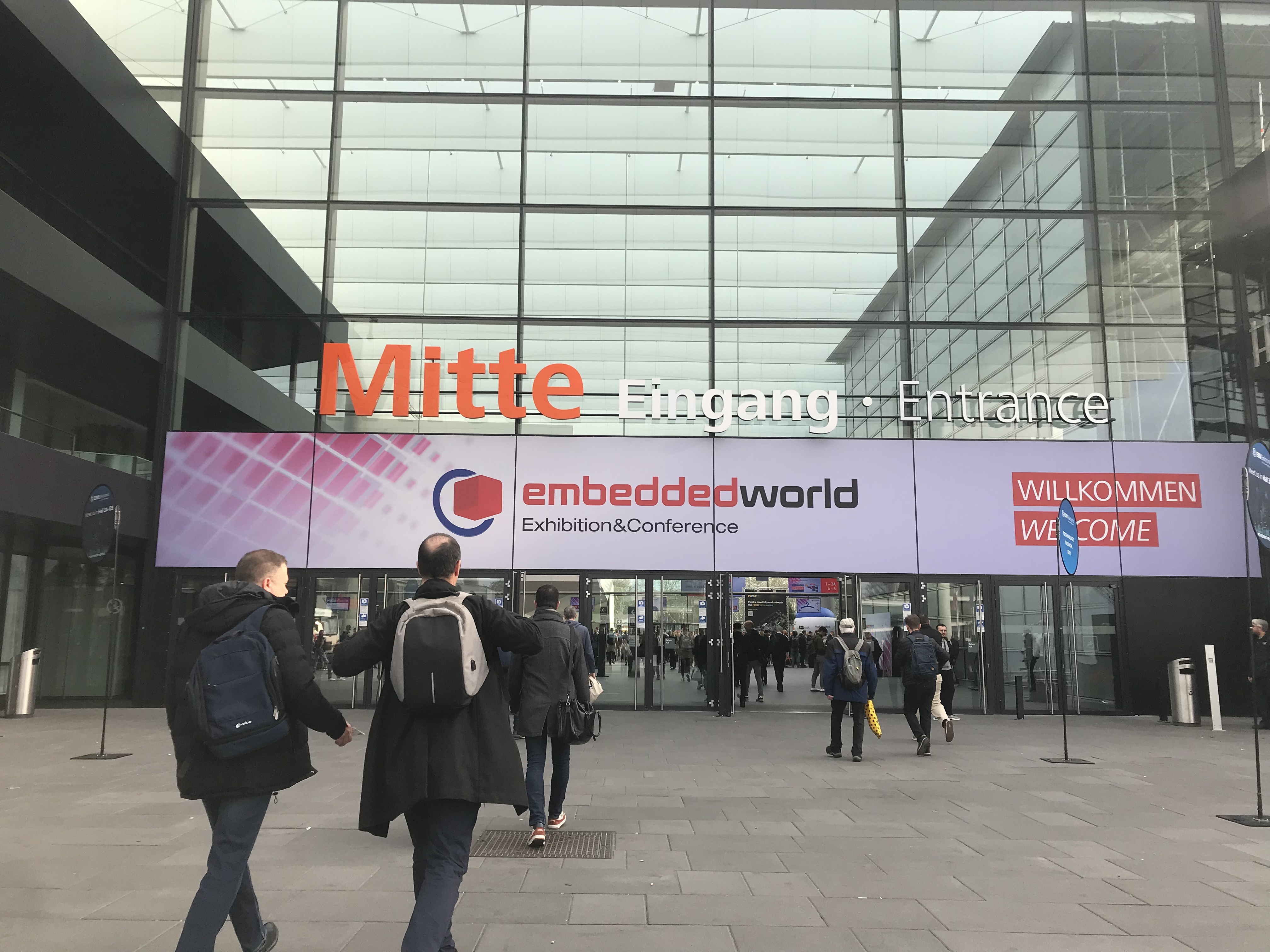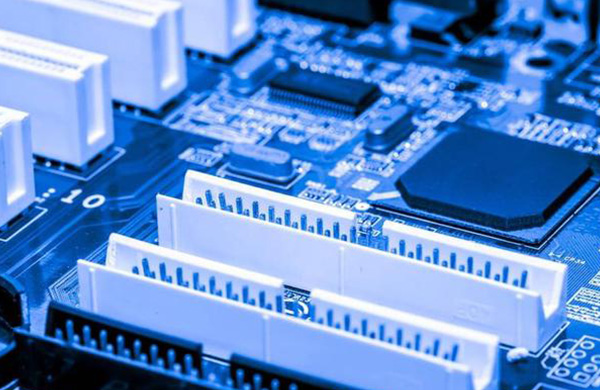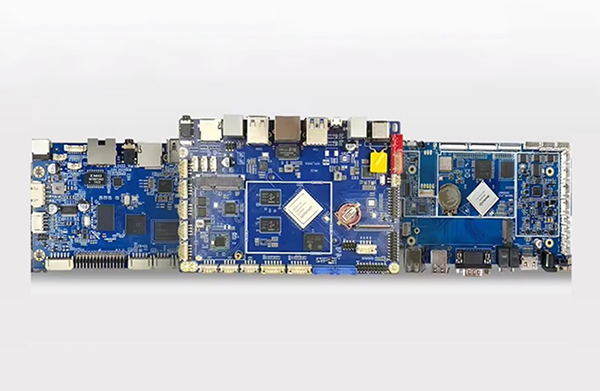
From March 10th to 14th, 2025, Shenzhen Jinglingda Technology Co., Ltd. showcased its JEWELLED brand embedded motherboards and touch screens at the 2025 Embedded World Germany exhibition, showcasing its technological research and development achievements in the motherboard field.

Many people don't know much about the difference between embedded industrial all-in-one motherboards and ordinary computer motherboards, and think that they are no different. In fact, there are many differences between the two in terms of design concept, functional requirements, and usage environment.

With the rise of the global Industry 4.0 wave, industrial automation is rapidly becoming an important way for all walks of life to achieve efficient and intelligent production.

Industrial control boards generally have BIOS chips, I/O control chips, keyboard and panel control switch interfaces, indicator light connectors, expansion slots, DC power connectors for motherboards and cards, etc., which are suitable for industrial occasions.

Industrial automation technology is a comprehensive high technology that uses control theory, instrumentation, computers and other information technologies to detect, control, optimize, schedule, manage and make decisions on industrial production processes, in order to increase output, improve quality, reduce consumption and ensure safety. It includes three major parts: industrial automation software, hardware and systems.

In the industrial field, the importance of motherboards is infinitely magnified. The automated production lines that run day and night in large factories, the precisely controlled smart grid systems, and the oil exploration equipment that can collect data stably in extreme environments all rely on industrial-grade motherboards and industrial control-grade motherboards. So what is the difference between industrial-grade motherboards and industrial control-grade motherboards?